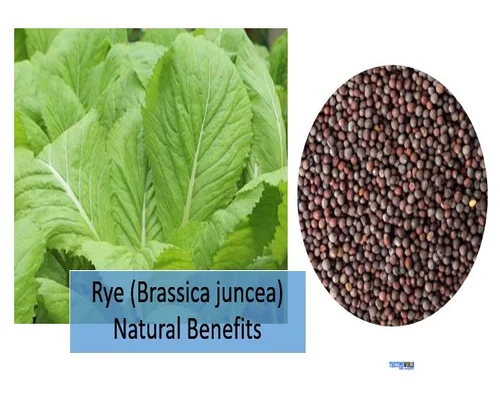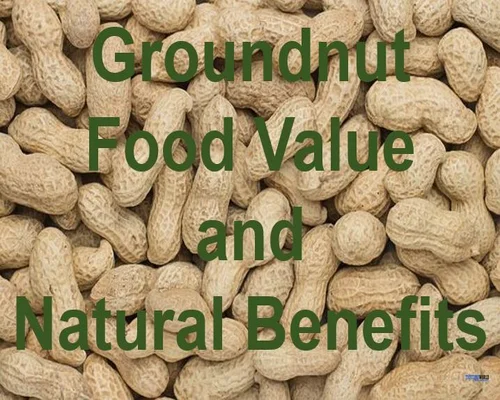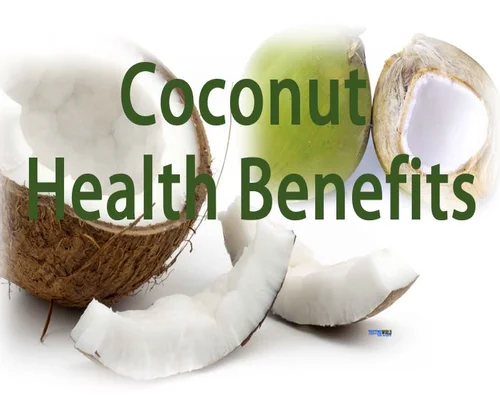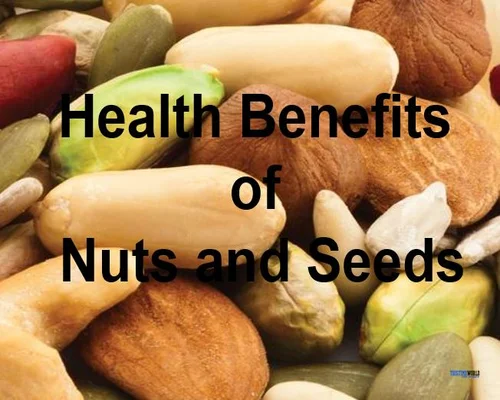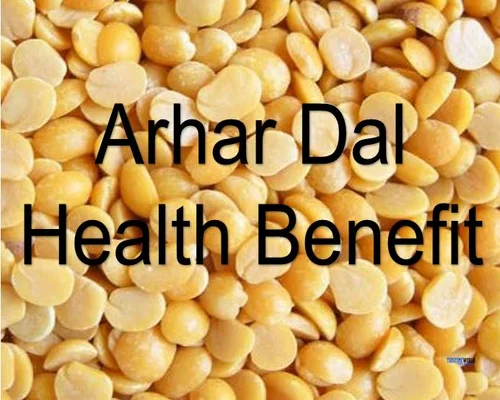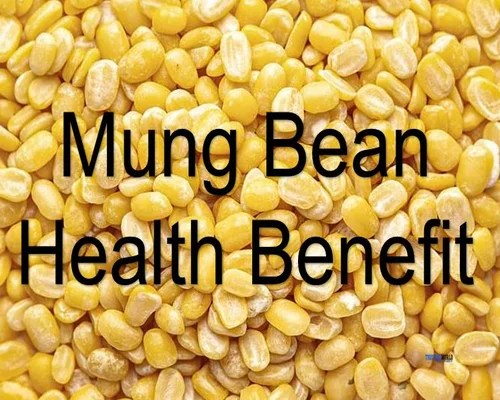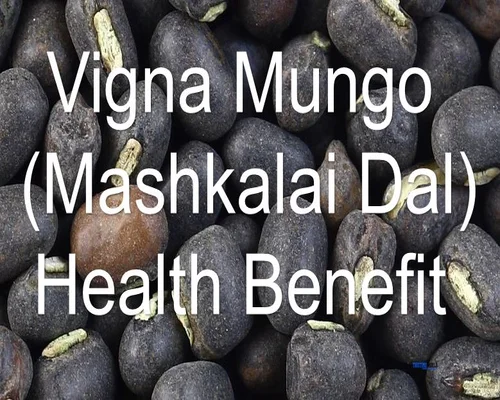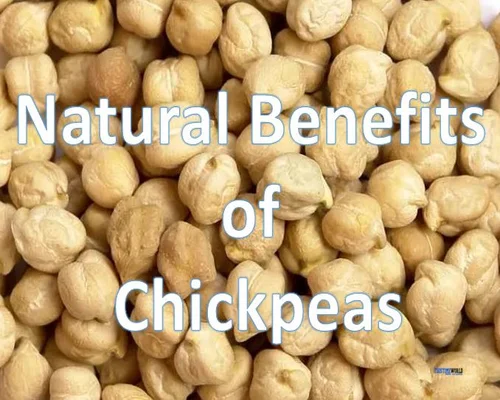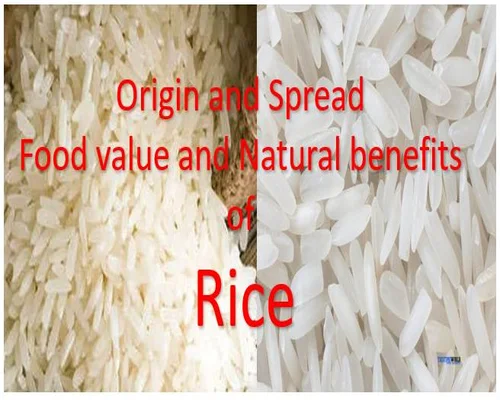
Origin and Spread, Food Value and Natural Benefits of Rice
Origin and spread, food value and natural benefits of rice
Rice (Oryza sativa)
Description
Rice is the most important tropical cereal and is the staple food of about two-thirds of the world people. Rice from which only the husk is removed, but the bran and most of the germ layer remains, is called brown rice. And rice from which the husk, germ and almost the entire bran layer is removed by powerful machines is milled rice. Highly milled rice is called white rice. The husk, germ and bran (bran) of the rice partially removed with the help of threshing is threshed rice. When the rice is soaked in water, then boiled and dried and then milled or milled, it is called parboiled rice.
Origin and spread
Rice has been cultivated in Southeast Asia since ancient times and is one of the oldest food crops in the region. The date or place of its cultivation is not known with certainty. Rice has been cultivated in India since 3000 BC. It is generally believed that rice was cultivated in India or Indo-China.
Food quality
The main part of rice grain is starch. Rice has less protein content than wheat. However, its quality is high and easily absorbed by the body. However, brown rice is recommended to cure the disease. Because several important nutrients are lost during processing.
Food Standards:
Minerals, vitamins, calcium, protein, phosphorus, fat, iron, fiber, energy, carbohydrates.
Natural benefits and healing rituals of Rice
Ancient literature from India, China, Thailand, Malaya and Indochina mentions rice as a source of good health. Current research also proves that eating brown rice is good for health. About 98 percent of rice is digested. Rice is one of the fastest and easily digested food items - it is completely digested in about an hour. Rice starch differs from starch in other cereal grains. Because it contains 100% amylo-pectin and is completely digested very quickly. So for those who need quick assimilation, rice is the ideal food.
Gain vitality
Eight essential amino acids are present in rice. The health-building amino acids in rice protein are metabolized to give a whole new vitality inside. These amino acids build strong muscles, skin and hair, improve vision and nourish the heart, lungs, ligaments, brain, nervous system and glandular network.
Brown rice B-complex vitamins, especially thiamin, riboflavin and niacin, nourish the skin and blood vessels.
Lowers blood pressure
Paddy rice heals wounds and lowers blood pressure. The iron in rice enriches the blood flow and balances the water balance in phosphorus and potassium along with other nutrients. Rice is low in fat, cholesterol and salt. Rice is an ideal food for hypertensive patients who are advised to eat a low salt diet. Current research has shown that people in areas where rice is the staple food have higher vitality and lower rates of hypertension. Calcium in brown rice specifically calms the nervous system and helps reduce symptoms of high blood pressure.
Body balance
Eating rice with milk provides a very beautiful body balance. In this case only brown rice is eaten as solid food throughout the day. The nutrients in milk and rice form a unique balance. Two important amino acids of milk, i.e. isoleucine and lysine, are fortified by rice protein, thus contributing well to body composition. Milk natural lactic acid works with the rice protein to aid in iron absorption.
Digestive disorders
Since rice contains very little fiber, it is an ideal food for the digestive system. Typhoid, gastric ulcer, gastritis, cancer of the stomach and intestines, colitis, diarrhoea, dysentery, hemorrhoids, indigestion, fever, hepatitis or inflammation of the liver, jaundice, morning sickness, flatulence and all diseases requiring a bland and light diet. A glass of ghee and a ripe banana should be mixed with the dark starch of rice and fed twice a day. Rice works well in treating diarrhea in children.
Skin inflammation
Rice is used externally in powder or poultice form. Other skin inflammations including smallpox, measles, scabies and burns are relieved by sprinkling rice powder thickly on the wound. It reduces tension and heat. Immediately after the burn, rice powder should be applied thickly on the entire affected area.
Usage
Rice is usually cooked by boiling in water or steaming. And rice is eaten with vegetables, pulses, fish or meat. There are two types of rice – long grain and medium and short grain. Long grain rice is soft after cooking, but does not stick together. This rice is convenient to eat with curries, broths etc. Medium and small grain rice sticks together and is especially good for making puddings.
------
tags-benefits of rice, health benefits of rice, health benefits of black rice, benefits of black rice, black rice health benefits, black rice benefits, black rice benefits and side effects, white rice, health benefits of canadian wild rice, health benefits of rice, health benefits of eating wild rice, health benefits of organic wild rice, benefits of rice milk, rice, benefits of brown rice tea

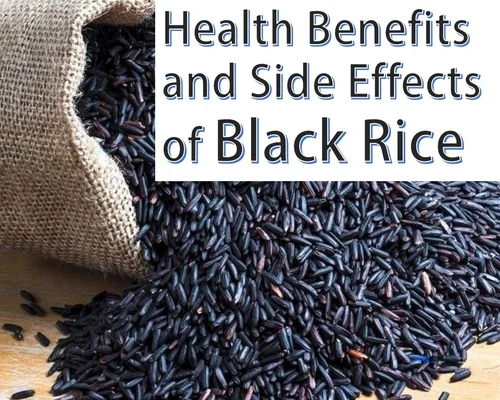
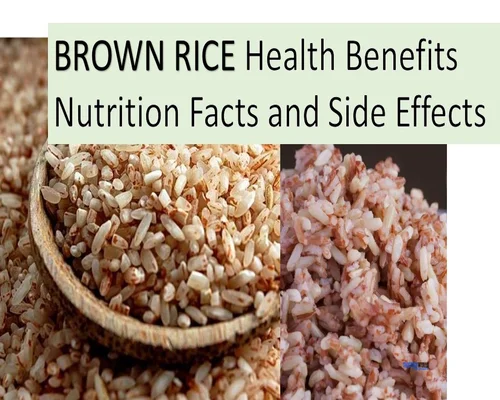
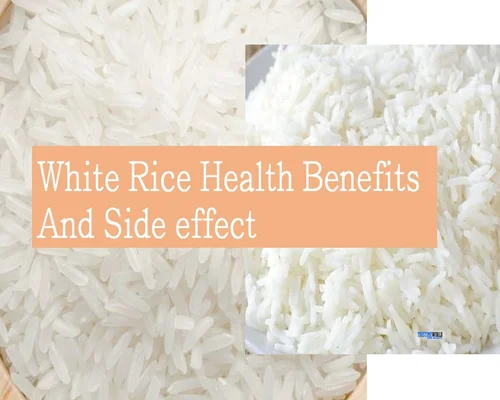
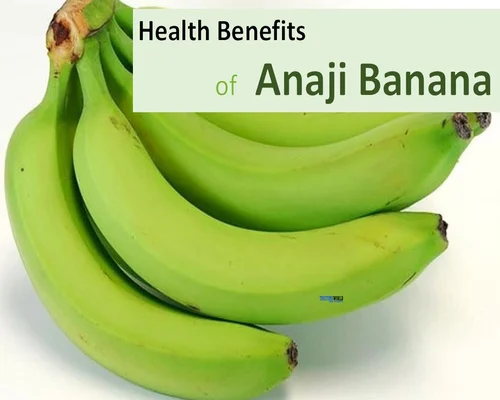

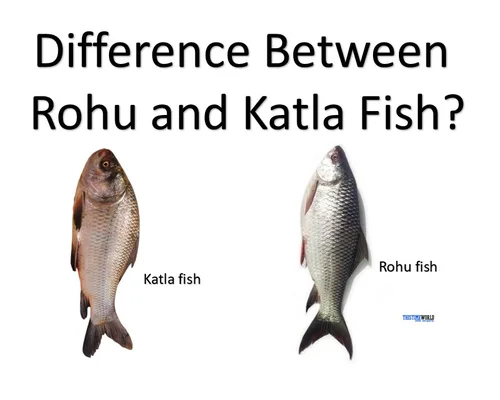

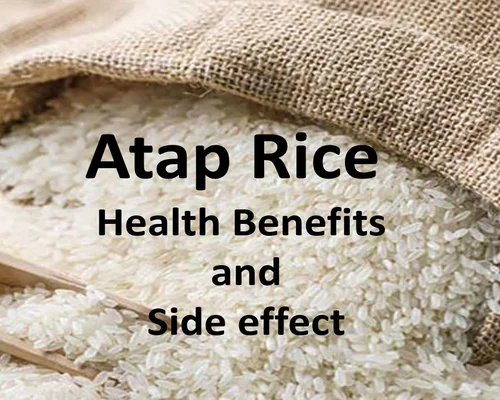
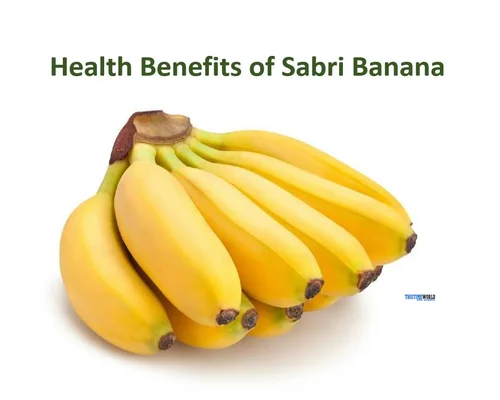
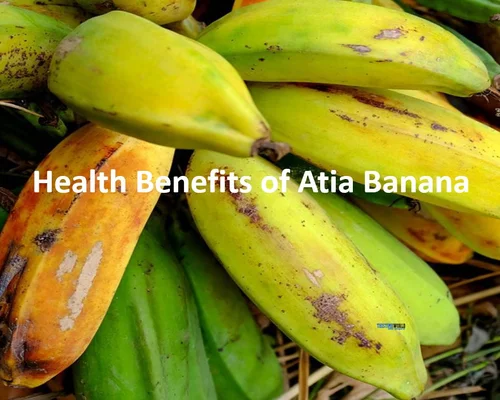

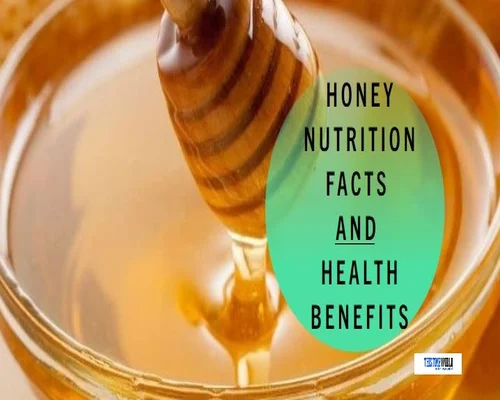
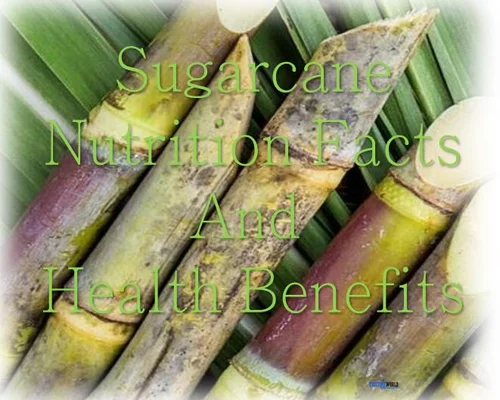
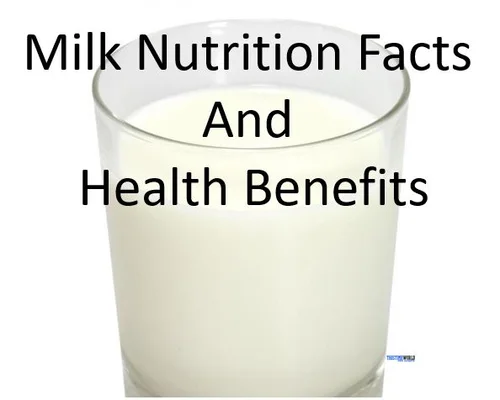
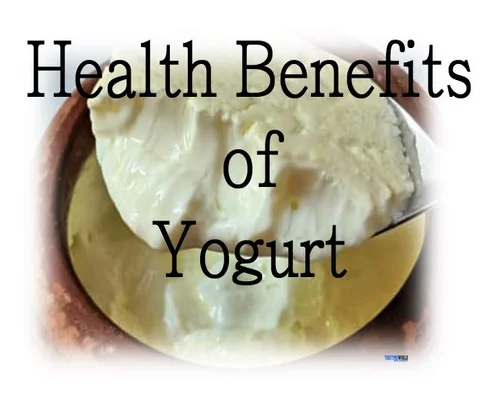
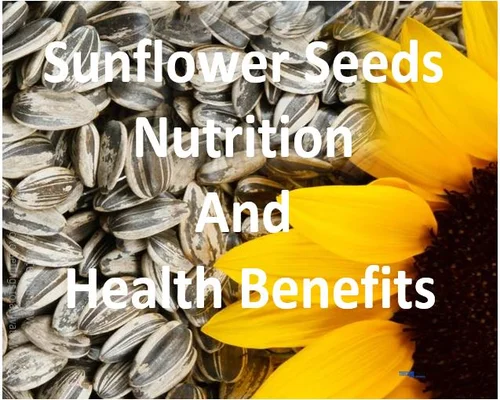
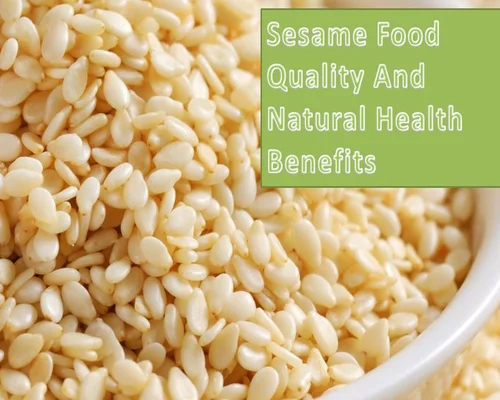
-Health-Benefits-thistimeworld.webp)
